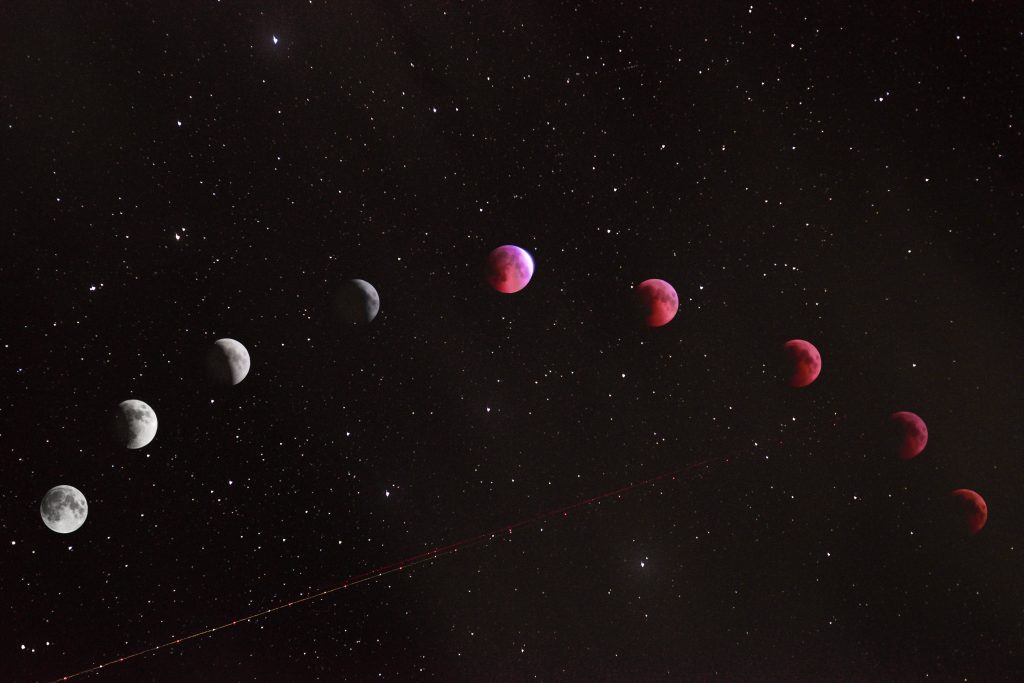Have you ever wondered about the different types of telescope mounts and which one is right for you? Look no further, because in this article we will be exploring the pros and cons of Equatorial and Altazimuth telescope mounts. Whether you’re an amateur stargazer or a seasoned astronomer, understanding these two types of mounts will help you make an informed decision and enhance your stargazing experience. So let’s dive in and explore the world of Telescope Mounts Equatorial vs Altazimuth!
Introduction
When it comes to stargazing and exploring the universe, having a reliable telescope is just one piece of the puzzle. Another crucial component is the telescope mount. Telescope mounts not only provide stability and support to the telescope but also play a critical role in tracking celestial objects as they move across the sky. In this article, we will explore the two main types of telescope mounts: Equatorial Mounts and Altazimuth Mounts. We will delve into their definitions, designs, tracking mechanisms, advantages, and disadvantages, helping you make an informed decision when choosing the right mount for your astronomical adventures.
What are Telescope Mounts?
Before we dive into the specifics, let’s talk about what telescope mounts actually are. At its core, a telescope mount is a device that connects your telescope to a stand or tripod, allowing you to point the telescope at different objects in the sky and keep them in focus for prolonged periods. Without a good mount, even the most powerful telescope will be practically useless. The two primary types of telescope mounts are Equatorial Mounts and Altazimuth Mounts, each offering its own unique features and capabilities.

Equatorial Mounts
Definition
Equatorial Mounts, as the name suggests, are designed to align with the Earth’s equatorial plane. By tilting the mount’s axis towards the North or South celestial pole, an equatorial mount can follow the motion of the stars as they trace circles around these poles. This unique characteristic makes equatorial mounts particularly suitable for astrophotography and observing celestial objects for extended periods.
Design
Equatorial mounts typically consist of two main components: a declination axis and a right ascension axis. The declination axis is aligned with the celestial equator, while the right ascension axis corresponds to the Earth’s rotation axis. These axes allow the telescope to move in a single, smooth motion, following the apparent motion of celestial objects in the sky.
Tracking Mechanism
Equatorial mounts employ various tracking mechanisms to compensate for the Earth’s rotation and ensure precise tracking of celestial objects. Some mounts use a motorized clock drive system, which moves the telescope at the same speed as the Earth’s rotation in the opposite direction. Others employ manual slow-motion controls that allow astronomers to make small adjustments to keep the object centered in the field of view.
Advantages
One of the significant advantages of equatorial mounts is their ability to track celestial objects accurately. When properly polar aligned, equatorial mounts can follow the movement of stars and planets, allowing astronomers to observe and photograph objects for extended periods without the need for frequent adjustments. Additionally, equatorial mounts make it easier to locate and track specific objects in the sky, thanks to the single, smooth motion they offer.
Disadvantages
While equatorial mounts have numerous advantages, they also come with a few drawbacks. One major disadvantage is their complexity. Equatorial mounts tend to be more intricate to set up and align properly compared to their altazimuth counterparts. This learning curve can be intimidating for beginners who are just starting their astronomical journey. Equatorial mounts also tend to be bulkier and more expensive than altazimuth mounts, making them less portable and suitable for casual stargazing on the go.
Altazimuth Mounts
Definition
Altazimuth Mounts, also known as AZ mounts, are the simplest and most common type of telescope mount. Unlike equatorial mounts, which align with the Earth’s rotation axis, altazimuth mounts have two perpendicular axes: azimuth (horizontal) and altitude (vertical). These mounts provide a straightforward and intuitive way to point the telescope at different objects in the sky.
Design
Altazimuth mounts consist of two perpendicular axes that allow the telescope to move horizontally and vertically. The azimuth axis provides 360-degree rotation in a horizontal plane, while the altitude axis allows the telescope to move up and down. By adjusting these axes, astronomers can easily navigate the night sky and follow celestial objects as they rise and set.
Tracking Mechanism
Tracking celestial objects with altazimuth mounts can be more challenging compared to equatorial mounts. Since motion is not compensated for the Earth’s rotation, the object of interest will drift out of the field of view over time. However, modern altazimuth mounts often include computerized tracking systems that can automatically compensate for this drift, making tracking much more manageable.
Advantages
Altazimuth mounts have several advantages, especially for beginner astronomers or those who value simplicity and portability. One of the main advantages is their user-friendly design and ease of use. With intuitive controls and no need for polar alignment, altazimuth mounts are quick to set up and get you observing the night sky in no time. These mounts are also generally more lightweight and portable, making them an ideal choice for stargazing excursions or travel.
Disadvantages
The primary drawback of altazimuth mounts is their lack of automatic tracking in the absence of a computerized system or additional accessories. Keeping a celestial object centered in the field of view requires constant manual adjustments due to the Earth’s rotation. This can be particularly frustrating when observing faint or distant objects, as they may quickly move out of view. Additionally, altazimuth mounts can provide a bit of a learning curve when it comes to locating specific objects in the sky, as they require adjustments in two different axes.

Conclusion
Choosing the right telescope mount is crucial for an enjoyable and successful astronomical journey. Both Equatorial Mounts and Altazimuth Mounts have their unique features and strengths. Equatorial mounts offer accurate tracking and are ideal for astrophotography, but they can be more complex and expensive. On the other hand, altazimuth mounts are simple to use, portable, and great for beginners, although they require more frequent adjustments to keep objects in view. Consider your specific needs, level of experience, and budget when making your decision, and remember that with the right mount, the wonders of the universe will be within your reach. Happy stargazing!











